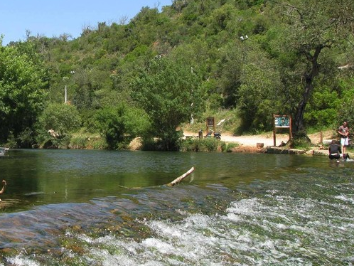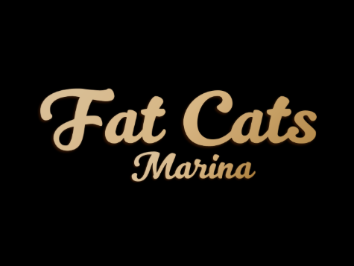The route has 9 information panels arranged along the banks of the stream.
Next to the water line it is possible to observe
In the vicinity of the water line, it is possible to observe native riparian vegetation, such as the tamarisk (Tamarix africana), a very useful species in fixing the banks and the oleander (Nerium oleander) and also the well-known sugarcane (Arundo donax).
The area is dominated by dense Mediterranean forest and low limestone scrub, from which the characteristic species such as the southern gorse (Genista hirsuta), an endemic species of the Iberian Peninsula, the bushy gorse (Quercus coccifera), or horsetail grass (Aristolochia baetica), host species of the carnival butterfly (Zerynthia rumina).
In autumn and winter, the landscape takes on shades of red and black due to the berries produced by many of the plants and shrubs native to the region, a source of food for several species of birds, insects and mammals, such as the myrtle (Myrtus communis), the gibbard ( Ruscus aculeatus), a species once considered endangered, or the mountain jasmine (Jasminus fruticans).
Along the way, with a little luck or if you pay close attention, you can see two species of praying mantis: the common mantis (Mantis religiosa) and the praying mantis (Iris oratory), not forgetting, however, that these species are masters of camouflage.
You can venture beyond this route and explore the surrounding area, from which we highlight Paderne Castle. There are numerous off-road routes that you can enjoy on foot or by mountain bike.
Photo credits: geoparquealgarvensis.pt






Comments
Send a comment